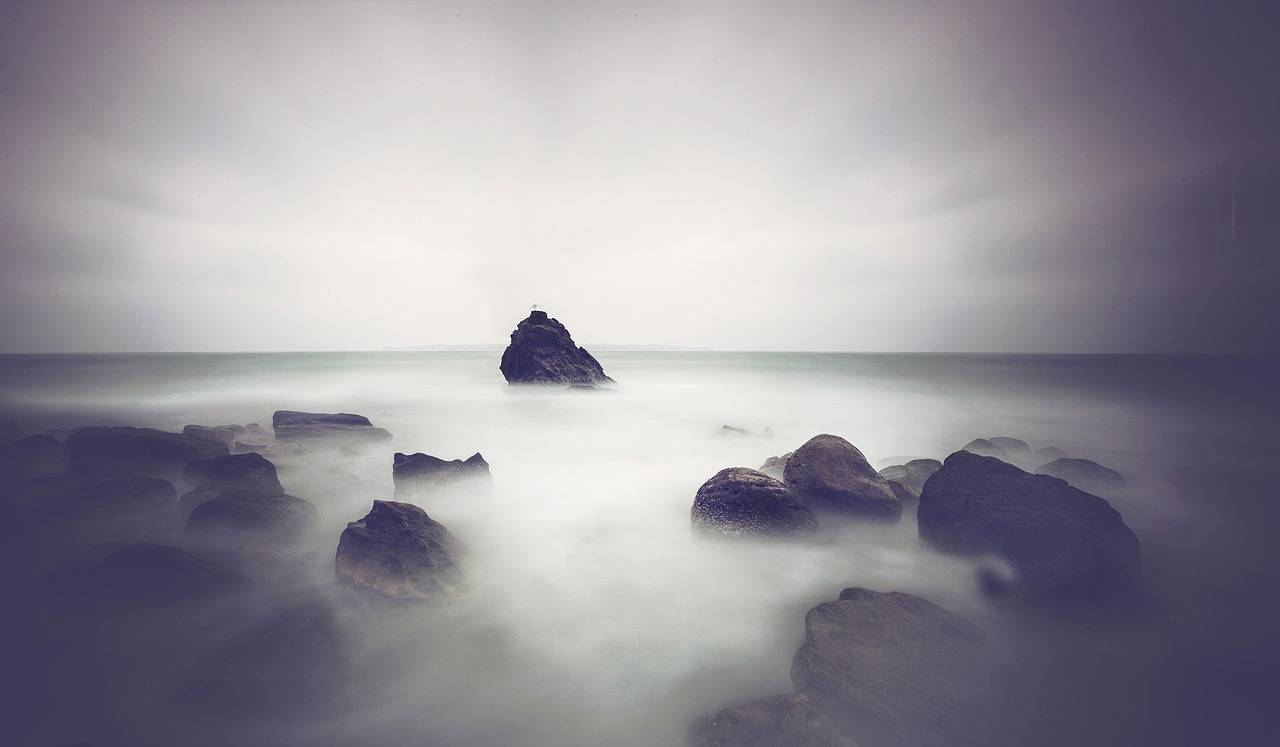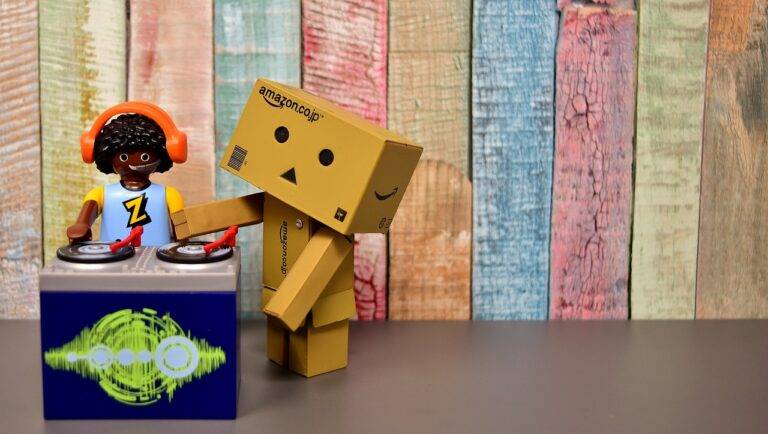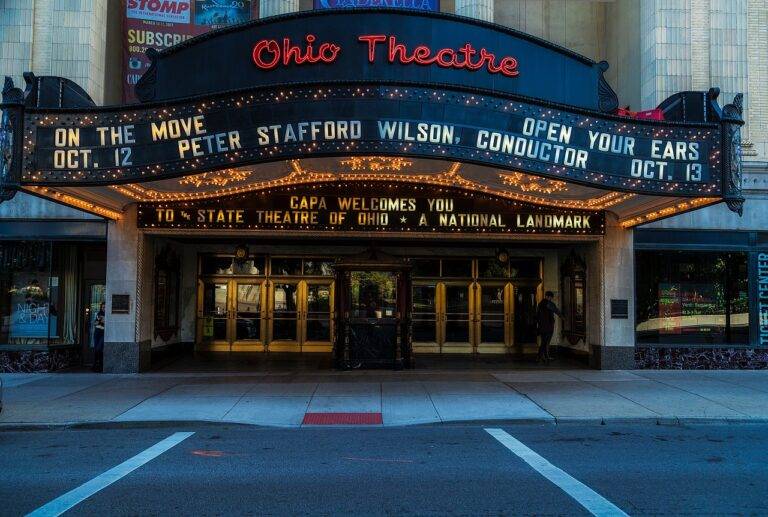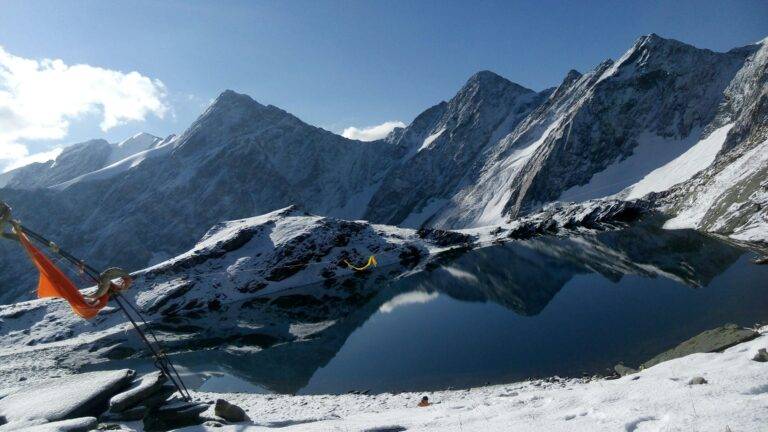The Evolution of CGI in Theme Park Attractions
Theme park attractions have seen a remarkable evolution in special effects over the years. From the early days of simple mechanical effects and lighting tricks, to the modern era of cutting-edge CGI and virtual reality experiences, advances in technology have transformed the way visitors experience these immersive rides. The use of animatronics, projection mapping, and synchronized sound and lighting have all contributed to creating more realistic and thrilling experiences for park guests.
One of the key drivers behind the evolution of special effects in theme park attractions has been the desire to push the boundaries of what is possible. As technology has advanced, designers and engineers have been able to create more elaborate and sophisticated effects that transport riders to fantastical worlds and engage all their senses. This focus on creating ever more immersive experiences has led to attractions that blur the lines between reality and fantasy, leaving visitors awe-struck and eager to come back for more.
Theme park attractions have evolved from simple mechanical effects to cutting-edge CGI
Advances in technology have transformed the way visitors experience rides
Animatronics, projection mapping, and synchronized sound and lighting contribute to realistic experiences
One of the key drivers behind this evolution is the desire to push boundaries
As technology advances, designers create more elaborate effects
Attractions blur lines between reality and fantasy for immersive experiences
Early Beginnings of Visual Effects in Theme Parks
Visual effects in theme parks have come a long way since their early beginnings. In the past, practical effects like smoke, mirrors, and animatronics were commonly used to create magical experiences for park visitors. These effects, though innovative at the time, had limitations in terms of realism and interactivity.
As technology advanced, visual effects in theme parks began to evolve towards more sophisticated techniques. Projection mapping, for instance, allowed for intricate scenes to be projected onto surfaces, creating immersive environments that transport guests to different worlds. This shift marked a significant turning point in the way theme park attractions could engage and captivate audiences, setting the stage for even more groundbreaking developments in the realm of visual effects.
Transition from Practical Effects to CGI in Theme Park Rides
Practical effects have long been a staple in theme park attractions, captivating audiences with their tangible and immersive qualities. From animatronics to physical sets and props, these practical effects have transported visitors to fantastical worlds and heightened their sense of wonder. However, as technology advanced, the transition to CGI (Computer-Generated Imagery) became inevitable in creating even more realistic and dynamic experiences.
The incorporation of CGI in theme park rides has revolutionized the way attractions are designed and executed. By harnessing the power of computer-generated visuals, park designers are able to push boundaries and bring to life intricate worlds and characters that were once only imaginable. CGI has enabled attractions to become more customizable, adaptable, and visually stunning, offering guests a new level of interactivity and immersion in their ride experiences.
What are practical effects in theme park rides?
Practical effects in theme park rides refer to physical effects created using real props, animatronics, and other tangible elements to enhance the overall experience for riders.
What is CGI in theme park rides?
CGI, or computer-generated imagery, is the use of computer graphics to create visual effects in theme park rides. This technology allows for more flexibility and creativity in designing immersive experiences for guests.
Why have theme parks transitioned from practical effects to CGI?
Theme parks have transitioned from practical effects to CGI due to advancements in technology, allowing for more realistic and dynamic visual effects. CGI also offers a wider range of possibilities for creating immersive and interactive experiences for park guests.
Are practical effects still used in theme park rides today?
While CGI has become more prevalent in theme park attractions, practical effects are still used in combination with digital effects to create a more immersive and realistic experience for riders.
How has the evolution of special effects impacted the overall guest experience in theme parks?
The evolution of special effects in theme park attractions has greatly enhanced the overall guest experience by creating more immersive, interactive, and visually stunning rides. Guests can now be transported to fantastical worlds and experience thrilling adventures like never before.







